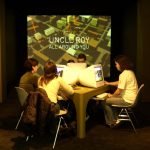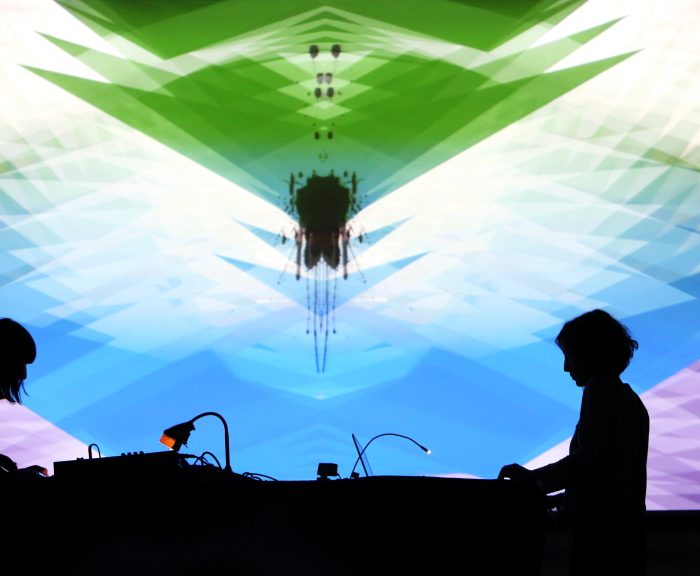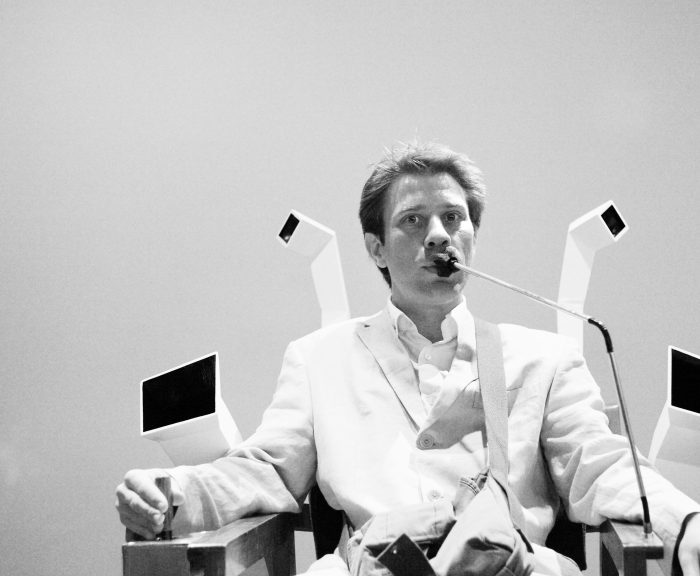Tracing key moments in FutureEverything’s emergence as one of the central organisations shaping early digital culture in Europe
By Bilyana Palankasova
I’ve spent much of the last year getting acquainted with the organisational records of FutureEverything, with the goal to understand its unique history and current significance. A logical first step in understanding a cultural organisation is to make sense of its trajectory and construct a timeline. Here I review the early years in the organisation’s history – from its beginning as Futuresonic to the emergence of FutureEverything as a leading cultural organisation working at the interface of art, technology and society.
The significance of FutureEverything is evident in the huge number of initiatives and artists it has influenced and supported since it was founded in 1995. I’m especially interested in what drove its trajectory and how it came to have influence far beyond the community of artists, thinkers and technologists who came together to first make it happen. In the story I tell I’m going to highlight those points of connection and translation between creative and technical worlds.
I’ve started by trying to identify and characterise key periods for the organisation from 1995 to 2009, covering roughly the first half of FutureEverything’s 30 years. There are three periods I’ve identified, 1995-2002, 2003-2006 and 2007-2010. These early phases show the development of a cross-disciplinary digital culture and arts organisation, which sets the scene and contextualises the later changes and transitions.















